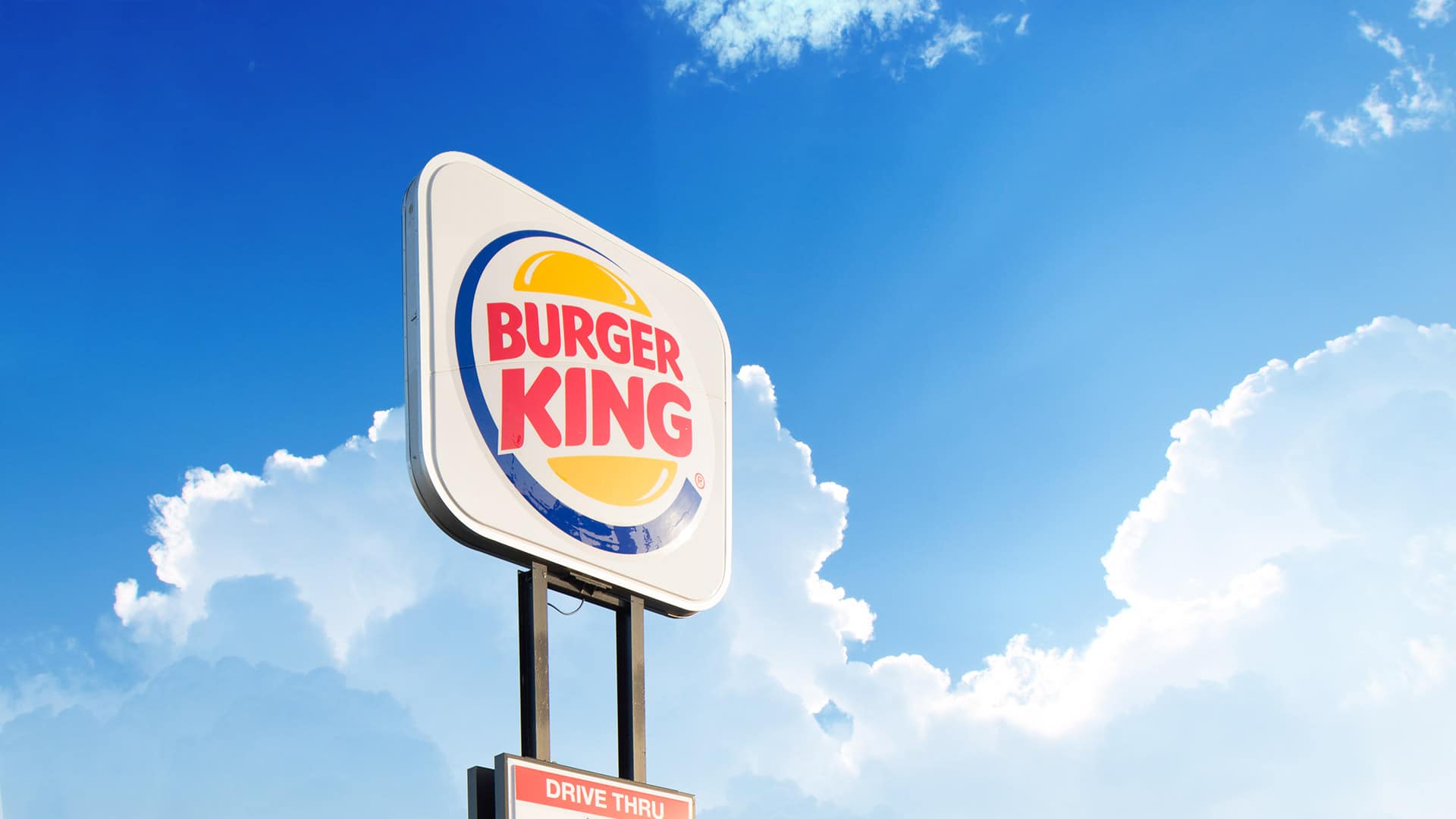What’s in a Name? Everything! Here’s how to get naming just right. We get questions all the time about naming a brand, and the answer is simpler than you think it is.
Let’s use a really simple example: What assumptions might people make if your kids were named Felicia, Pickle, Moonbeam, and Joe?
LOTS of questions. Optimistically, they might think you’re famous (like little Apple and Moses Paltrow-Martin). More likely, though, they’re going to think you’re odd.
Of course, nobody’s saying there’s anything inherently wrong with dear Moonbeam’s name, just that. And so it goes with the names of your products and services. If you haven’t got a system, you’re dodging your customer’s expectations, which might make you seem sloppy or disorganized.
Here are some of our favorite examples of good naming practices:
Apple.
Apple is, of course, generally a beacon of simplicity and consistency as naming conventions go. The ‘i’ before a product name symbolizes the personal nature of the product. Apple has since stopped using this convention with new products–you’ve probably noticed they now call everything Apple tv, Apple Watch, Apple Music, etc. The exception is when they are introducing a new class of product that doesn’t have a name. Then, as in the case of the HomePod, they invent a new one.
What really makes Apple’s product names exceptional, though, is that they help demystify technology in a way that escapes most of their competitors. Looking for a laptop? Cool, we have a MacBook, a MacBook Air, and a MacBook Pro. There are some easy-to-explain specification differences between them. End of story. Or, you can try your luck with the Acer Aspire One A0751h-1948.
Burger King.
Maybe unexpected, but if you’re trying to order a burger, their conventions are surprisingly straightforward. Want something a little more experimental, maybe with wild toppings? The King’s here for you. Want something “classic”? That’s the Whopper. Hate lettuce? Go with one of the burgers.
Tesla.
Similar to Apple, TESLA’s naming scheme is very, very simple and clear. Here we see TESLA carrying the branding punch, not the product name. Using product name in this way allows TESLA as a brand to remain front and center, rather an elaborate name. This could be argued as too simple, but as an example of clear, cohesive naming, few illustrate this better.
What do you think? Is simpler better? Let us know in the comments, and if you’re feeling stumped, let us know!







